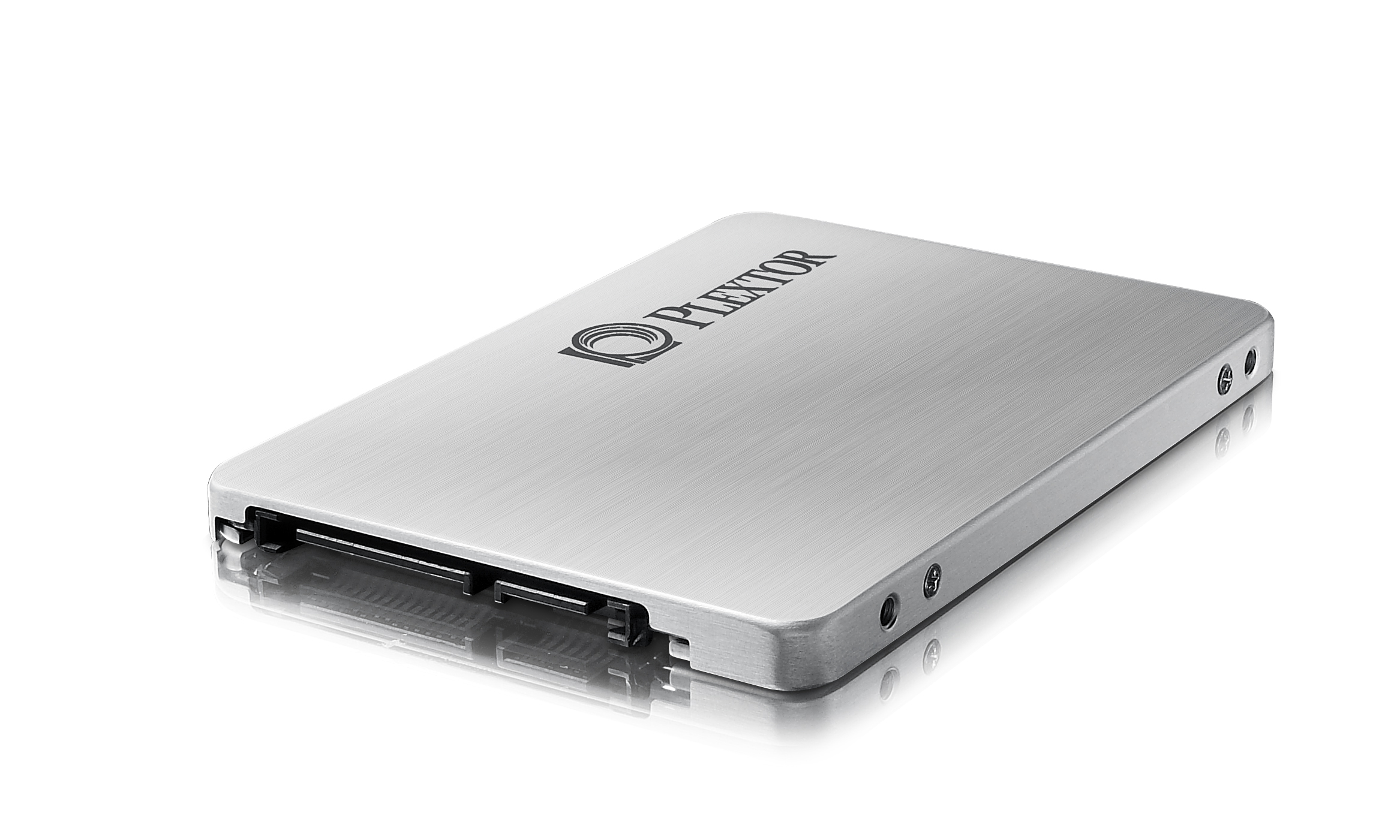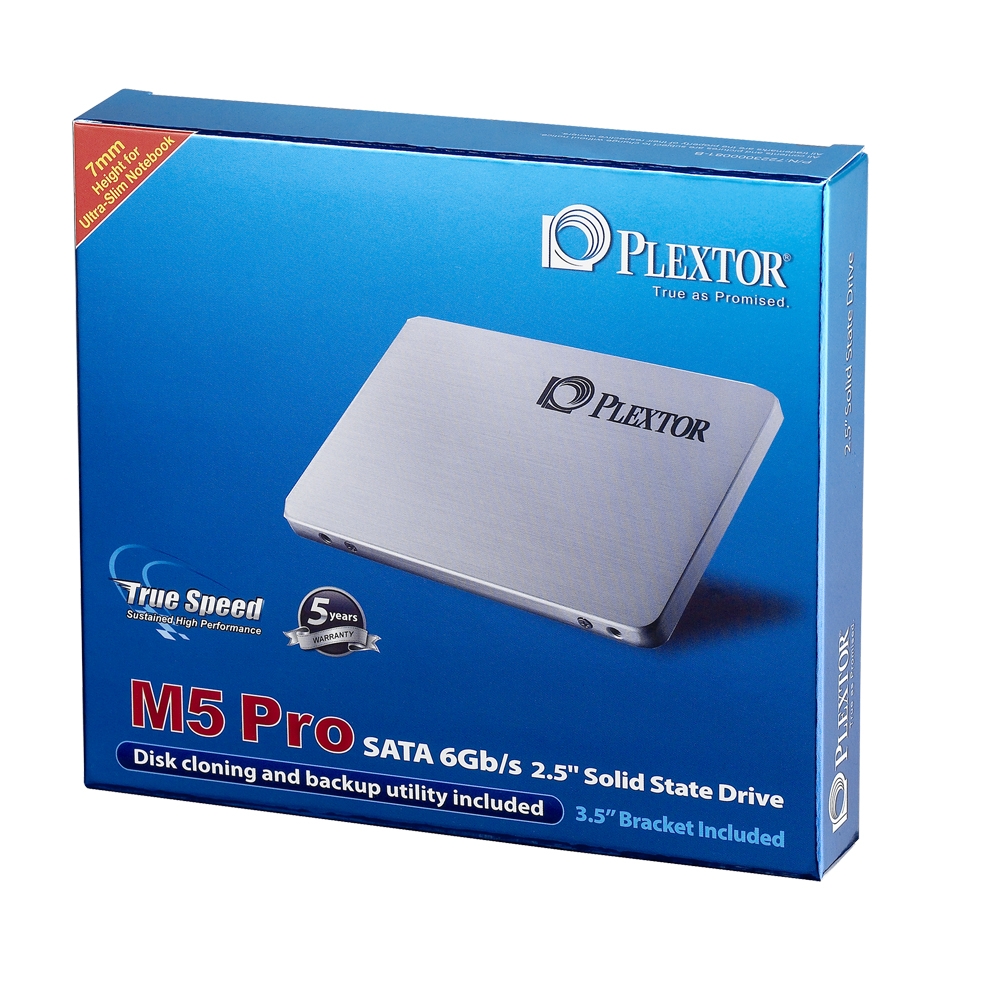Plextor M5 Pro 256 GB Review: 19 nm NAND And Marvell's Latest
Hot on the heels of its M5S, Plextor sent us the M5 Pro. Loaded with hot new technologies like 19 nm NAND and the latest Marvell controller, the company's flagship was certainly worth waiting for. How does it do against the established incumbents, though?
Plextor Hits A Home Run With Its PX-256M5P
Plextor's M5 Pro is the first drive from any vendor to use Toshiba's 19 nm NAND, and it's the second SSD equipped with Marvell's 88SS9187-BLD2 controller. The combination of both advancements, in conjunction with the company's custom firmware, delivers very stable, consistent, and fast performance.
Read speeds are the fastest we have seen to date. And although OCZ's Vertex 4 capped our write benchmarks, the M5 Pro is unique in the speed and consistency of its write performance. The Vertex 4 can't match it there.
Plextor delivers more than just great performance, however. The company has a reputation for quality that comes from its experience with optical storage. Although its SSDs are sourced from somewhere else entirely, the M5 Pro is still backed by five-year warranty coverage, which is something that can't be said for many competing client-oriented drives.
The M5 Pro family also adds features that aren't available from the M5S series, such as full-drive encryption via AES-256 and the latest 128-bit error correction codes.
We've been running the M5 Pro in our workstation for a few weeks to get a better feel for its performance over time. As with the M5S we reviewed previously, this drive continues to operate trouble-free. It looks like the 128 GB M5 Pro is started to show up online for about $130, but the 256 GB model is still missing in action. Should the company achieve a similar $1/GB price range, then this is undoubtedly going to be one of the fastest, most consistent SSDs on the market.
Get Tom's Hardware's best news and in-depth reviews, straight to your inbox.
Current page: Plextor Hits A Home Run With Its PX-256M5P
Prev Page Benchmark Results: Iometer-
You have the wrong Marvell controller listed for the crucial M4 and the Plextor M5S. This controller is new.Reply
The old one was the 88SS9174-BKK2.
http://www.tomshardware.com/reviews/plextor-m3-crucial-m4-octane-performance-pro,3178.html -
mayankleoboy1 can we have a benchmark of the time it takes to install a fresh copy of Win7+SP1 on a SSD ? Because thats the first thing a user will do after buying a new drive.Reply -
echondo mayankleoboy1can we have a benchmark of the time it takes to install a fresh copy of Win7+SP1 on a SSD ? Because thats the first thing a user will do after buying a new drive.Reply
I believe we can all assume it will take around 10-15 minutes. My old SATA2 Vertex drive can have Windows installed with all the Windows updates I want in around 20 minutes, it would be less time but I have to install all my drivers first for my motherboard :p -
SpadeM grantwarI'd love to see how this drive fares against the samsung 840 Pro.Reply
Here you go:
http://www.anandtech.com/bench/Product/665?vs=646 -
JeanLuc I was on Youtube the other day on the Corsair channel and they were showing the advantages of 'Ram cache' which was lights years faster then SSD's in therms of throughput. Could Toms consider doing an article into Ram cache as I think it would be of interest to people who have 16-32Gb systems (since DDR3 is cheap at the moment) can spare the extra system ram to cache files and software.Reply -
merikafyeah SpadeMHere you go: http://www.anandtech.com/bench/Product/665?vs=646Wow. The 840 Pro beat the M5 Pro in virtually everything according to that data. The 840 Pro does cost significantly more though.Reply -
merikafyeah JeanLucI was on Youtube the other day on the Corsair channel and they were showing the advantages of 'Ram cache' which was lights years faster then SSD's in therms of throughput. Could Toms consider doing an article into Ram cache as I think it would be of interest to people who have 16-32Gb systems (since DDR3 is cheap at the moment) can spare the extra system ram to cache files and software.TheSSDReview did something similar:Reply
http://thessdreview.com/our-reviews/romex-fancycache-review-ssd-performance-at-13gbs-and-765000-iops-in-60-seconds-flat/
No point in even comparing RAM to SSDs, as even "slow" RAM is faster than even the best SSDs by about the same amount as the best SSDs are faster than floppy disks. -
aicom This review would have been impressive if it was published 2 weeks ago. With the 840 Pro out, it simply blows the M5P out of the water. Too bad it wasn't included in the benchmark charts here.Reply

